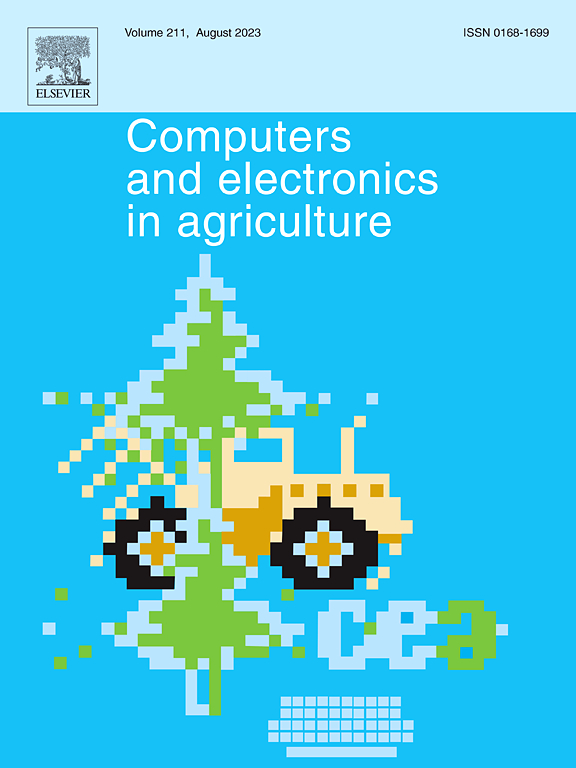Weed image augmentation by ControlNet-added stable diffusion for multi-class weed detection
IF 7.7
1区 农林科学
Q1 AGRICULTURE, MULTIDISCIPLINARY
引用次数: 0
Abstract
Robust weed recognition for vision-guided weeding relies on curating large-scale, diverse field datasets, which however are practically difficult to come by. Text-to-image generative artificial intelligence opens new avenues for synthesizing perceptually realistic images beneficial for wide-ranging computer vision tasks in precision agriculture. This study investigates the efficacy of state-of-the-art diffusion models as an image augmentation technique for synthesizing multi-class weed images towards enhanced weed detection performance. A three-season 10-weed-class dataset was created as a testbed for image generation and weed detection tasks. The ControlNet-added stable diffusion models were trained to generate weed images with broad intra-class variations of targeted weed species and diverse backgrounds to adapt to changing field conditions. The quality of generated images was assessed using metrics including the Fréchet Inception Distance (FID) and Inception Score (IS), resulting in an average FID of 0.98 and IS of 3.63. The generated weed images were selected to supplement real-world images for weed detection by YOLOv8-large. Combining the manually selected, generated images with real images yielded an overall mAP@50:95 of 88.3 % and mAP@50 of 95.0 %, representing performance gains of 1.4 % and 0.8 %, respectively, compared to the baseline model trained using only real images. It also performed competitively or comparably with modeling by combining real images with the images generated by external, traditional data augmentation techniques. The proposed automated post-generation image filtering approach still needs improvements to select high-quality images for enhanced weed detection. Both the weed dataset1 and software programs2 developed in this study have been made publicly available. Considerable research is needed to exploit more controllable diffusion models for generating high-fidelity, diverse weed images to substantially enhance weed detection in changing field conditions.
求助全文
约1分钟内获得全文
求助全文
来源期刊

Computers and Electronics in Agriculture
工程技术-计算机:跨学科应用
CiteScore
15.30
自引率
14.50%
发文量
800
审稿时长
62 days
期刊介绍:
Computers and Electronics in Agriculture provides international coverage of advancements in computer hardware, software, electronic instrumentation, and control systems applied to agricultural challenges. Encompassing agronomy, horticulture, forestry, aquaculture, and animal farming, the journal publishes original papers, reviews, and applications notes. It explores the use of computers and electronics in plant or animal agricultural production, covering topics like agricultural soils, water, pests, controlled environments, and waste. The scope extends to on-farm post-harvest operations and relevant technologies, including artificial intelligence, sensors, machine vision, robotics, networking, and simulation modeling. Its companion journal, Smart Agricultural Technology, continues the focus on smart applications in production agriculture.
 求助内容:
求助内容: 应助结果提醒方式:
应助结果提醒方式:


